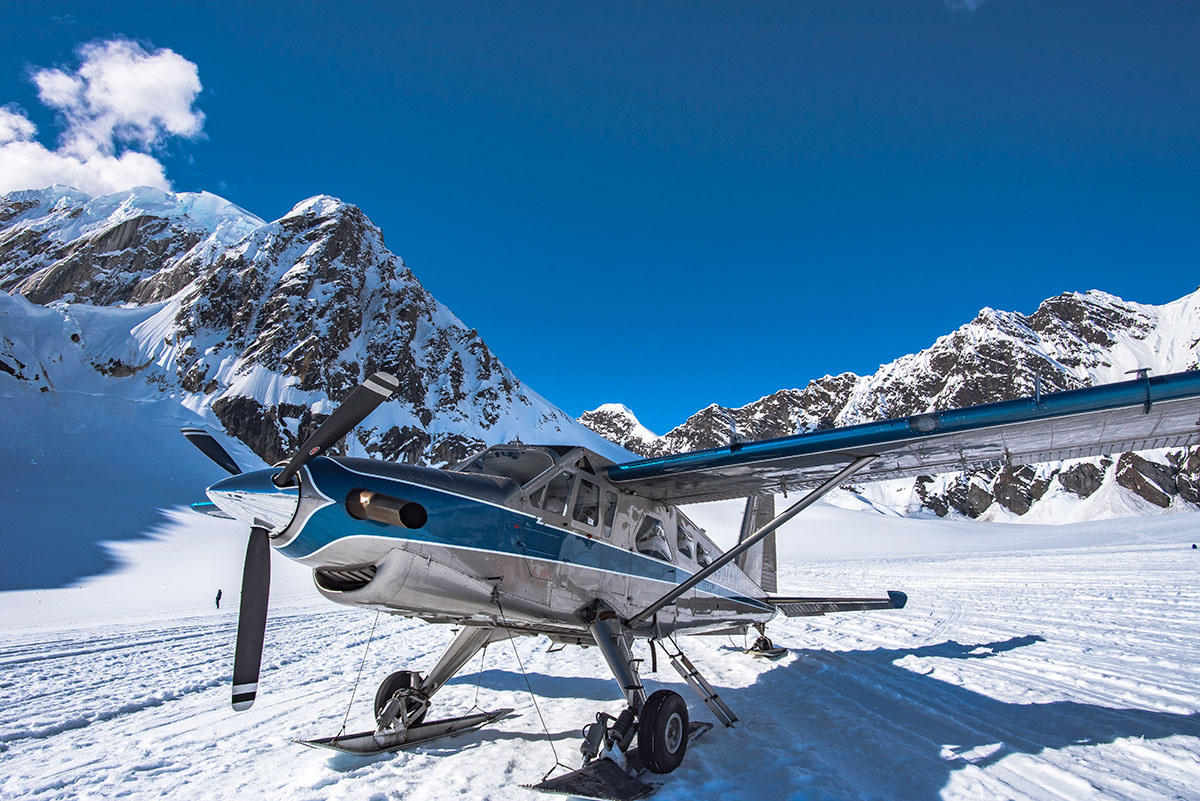History of Transportation in Alaska

How to get around is not something people often stress about these days, as roads and other transportation systems have become so reliable. In Alaska, more than other places however, it hasn’t always been (and sometimes still isn’t) quite as easy as hopping in the car to get from point A to point B. Here’s a look at how transportation in Alaska has changed, and stayed the same, throughout the years.
Dog sled then
Dog sleds have been used as a means of transportation and communication for centuries, especially in arctic and subarctic communities with harsh winters. It is believed the Inuit invented dog sleds as a means of transportation to help deliver the food and supplies their people needed to survive. In Alaska, dog sleds remained an important mode of transportation even after the Russian colonization and Gold Rush eras. Dog teams were used to transport anything that needed to be brought to and from gold and hunting camps. Dogs helped deliver mail, fur, equipment and more.
Dog sled now
The rise of other modes of transportation like planes and snowmachines has reduced the need for dog sleds, even in the snowiest regions of the world, but mushing is still a prominent part of life for some. Now mostly used for recreation, many people gather to watch races like the Iditarod Trail Sled Dog Race or take dog sled tours when they visit. It’s a fun way to experience a little history, at the very least!
Airplane then
Before airplanes, much of Alaska was highly inaccessible. People in more remote areas had to rely on dog sleds to deliver their mail and supplies, which could take weeks. When airplanes came to Alaska, life changed for everyone. The aviation industry quickly gained popularity and bush pilots were elevated as heroes who connected even the most remote corners of Alaska to the rest of the world. Pilots had to have a very high skill level, as flying in Alaska was very difficult with changing weather and mountainous terrain. Pilots also had to be skilled on the ground. When they landed in a remote area and their plane needed repairs, they had to be able to do it themselves.
Airplane now
Modern technology has made flying in Alaska much safer than it was in its early days. Today, many people in remote Alaska still very much rely on air travel to make regular deliveries of food, supplies and mail. People also rely on air travel to get to and from hub cities. Aviation also plays a big part in the tourism industry in Alaska. Small planes take travelers to remote hunting and fishing locations and flightseeing tours. Some tours even take visitors to land directly on glaciers.
Train then
In the early 1900s, natural resources like coal and gold had already been discovered in Alaska. As the potential for mining grew in the state, it became evident that people would need a way to transfer mined materials to a place where they could be sold and shipped. And so, railroad tracks in Alaska were laid. After many years and much money spent, the Railbelt extended from Seward to Girdwood, and later, all the way to Fairbanks. Since its construction, the railroad has played an important role in Alaska, from supporting war efforts during World War II to transporting people and goods across the state.
Train now
Today, the rail system in Alaska is still used to transport natural resources, freight and passengers. The train plays a critical role in delivering goods to people on the Railbelt. The railroad also serves the tourism industry by offering visitors scenic views and plenty of excursions as the travel through the state.
While many places in Alaska are still not accessible by car, there are plenty of really great places to see on the roadways (and beyond). Gone are the days of relying on only dogsleds, airplanes and trains to get from place to place, so hit the road in Alaska and book a Gray Line tour today!
Back to Blog